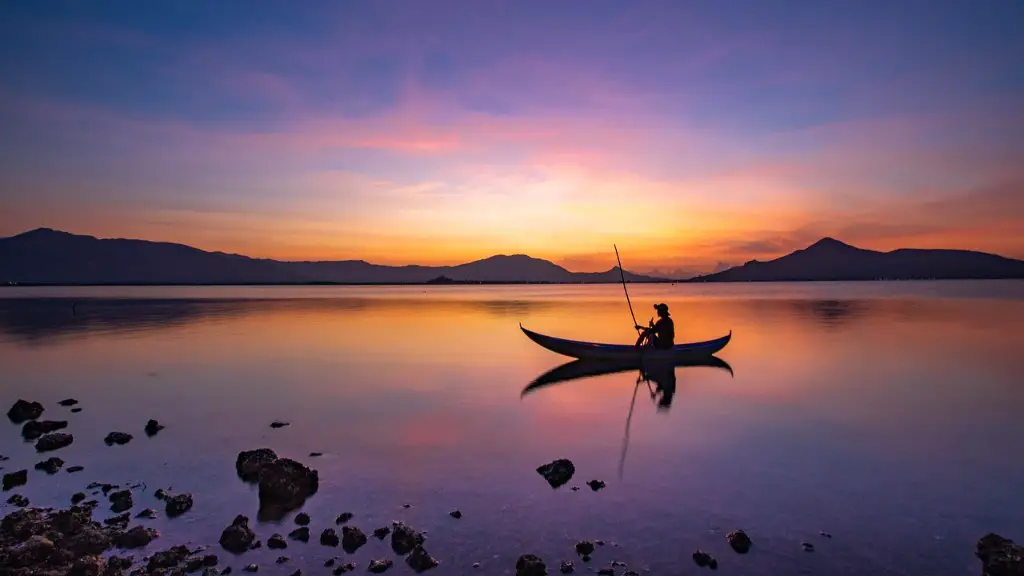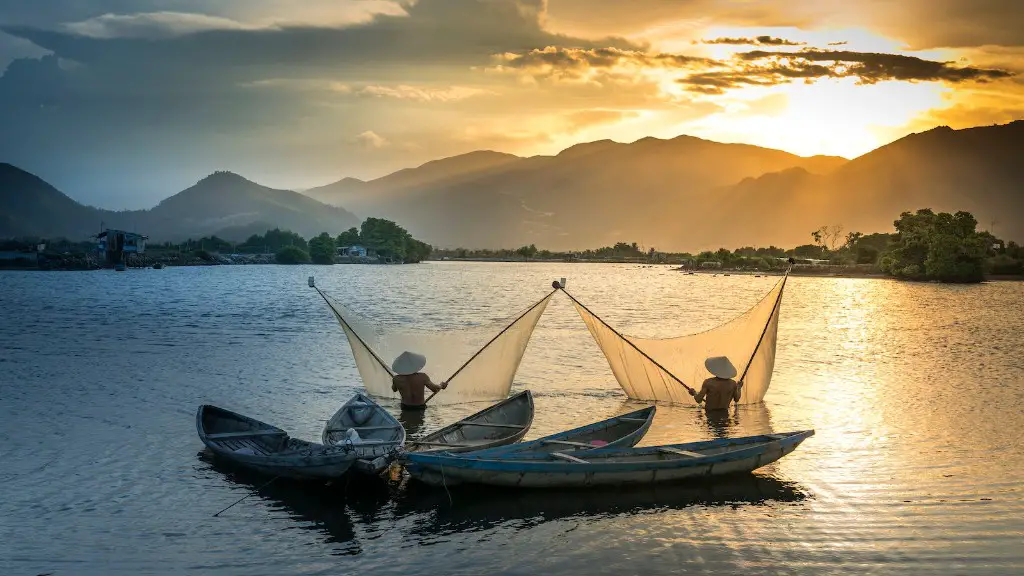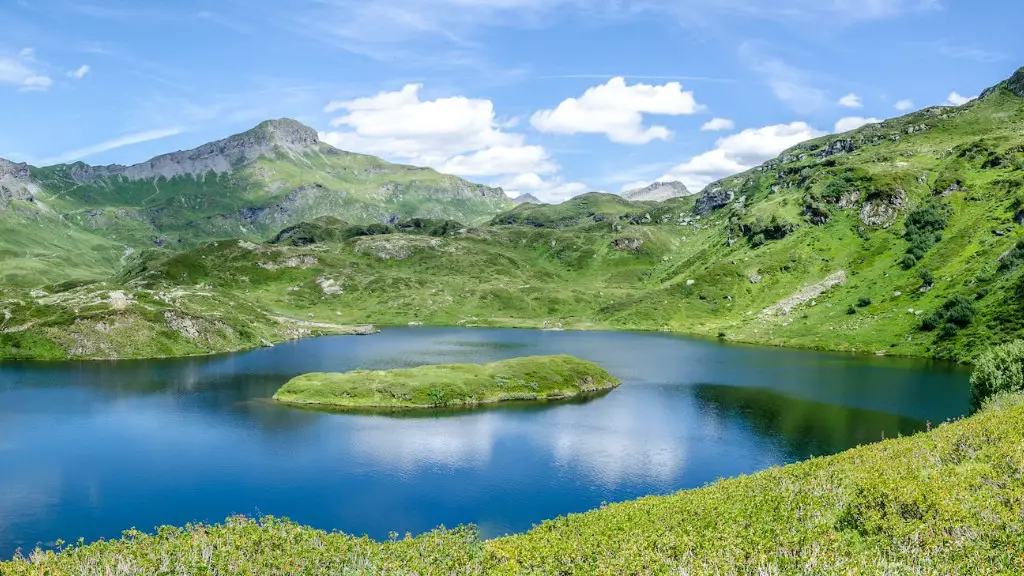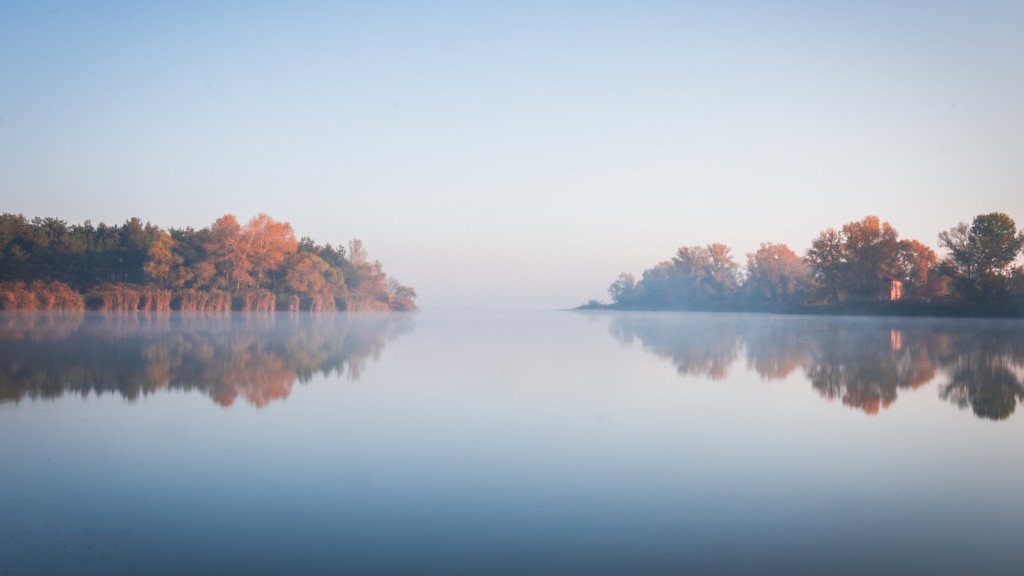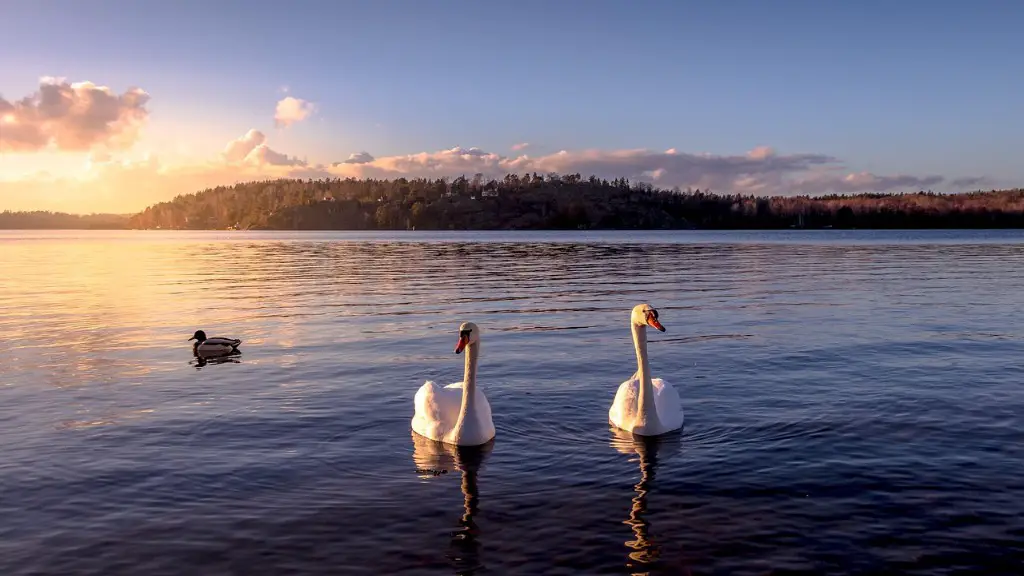Is Lake Superior freshwater? The answer is a resounding yes. Lake Superior is the largest of the five Great Lakes, and all of them contain only freshwater. It is the second-largest freshwater lake in the world, edged out only by Lake Baikal in Russia. Formed by the Wisconsin glaciation over 10,000 years ago, it has since become a hub of commerce, tourism, and recreation.
In terms of size and volume, Lake Superior is a behemoth. Its three U.S. states—Minnesota, Wisconsin, and Michigan—each count it as their largest water body, and its freshwater holds an impressive three quadrillion (3,000,000,000,000,000) gallons. It is also the deepest of the Great Lakes (reaching up to 1,332 feet deep) and covers an impressive 31,700 miles.
As for its freshwater content, analysts have concluded that it does not contain any salinity—which is essential for determining whether a body of water is fresh or saltwater. However, a notably special feature makes this lake like no other: being the largest freshwater lake naturally on Earth, it is able to continue supplying the surrounding area with fresh water.
Lake Superior’s value to the environment is immeasurable. The lake—connecting with four other Great Lakes of the region—influences the environment of the nearby lands by moderating the climate. Without Lake Superior’s presence of freshwater, much of the nearby land would be dry and barren. As a result of its presence, many native wild plants and animals are able to survive and inhabit the environment.
Lake Superior’s role in human habitation is also no small matter. Fishermen—both commercial and amateur—have found success in its waters, selling and eating fresh catches. Back in the nineteenth century, heavy industry was powered by the lake and its shipping channels, creating a bastion for employment and industry on its shore.
Presently, the lake serves a new purpose. Nature lovers and marine adventurers find themselves camping, hiking, and water skiing on its shore. As the only one of the Great Lakes that is farther away from dense urban development, it exudes an overwhelming sense of tranquility.
Lake Superior has also become a research center for scientists. Many water-based phenomena—including water currents, riparian habitats, and fish migrations—are currently being studied with the help of this massive inland sea. The current research being done helps experts understand the nature of the lake and how it works to benefit the environment.
Ecological Impact of Lake Superior
Lake Superior is the largest source of freshwater on the planet, providing a critical source of water for local habitats in the surrounding region. It is home to over 400 species of fish, nine of which are threatened or endangered. The lake also provides essential spawning grounds for numerous fish and invertebrate species, helping ensure their genetic integrity and population survivability. By doing so, it ensures balance and diversity within the food web.
In addition to providing a habitat for organisms, the lake is also an important tool for combating the effects of climate change. Warmer temperatures, caused by global warming, are causing fish populations across the Great Lakes to change. As the largest freshwater lake in the region, the cooler temperatures of Lake Superior provide the fish a refuge and a place to spawn. Ultimately, this helps protect fish populations and helps reduce the effects of climate change in the area.
The lake is also a key part of the hydrological cycle. The lake’s waters evaporate, forming clouds that move westward, carrying moisture and nutrients across the continent. This is an important part of the regional water cycle, providing water to far-flung regions—like the prairies and plains of the United States and Canada—where there would otherwise be none.
The lake also serves as an important means of transportation for tourists, businesses, and locals alike. Everything from boats, to barges, to cruise ships takes advantage of its expanse to transport goods and services across the lake’s waters.
Environmental Issues
Despite being a critical part of the local ecology, Lake Superior is threatened by certain environmental concerns. The most common environmental worry is the threat of invasive species entering its waters. Many aquatic species, particularly of the 6fish variety, can cause a number of problems if they make their way into the lake. Asian carp, for instance, is an invasive species that could decimate fish populations and alter the food web, disrupting the lake’s delicate balance.
Pollution is also a major concern. In recent years, levels of bacteria, phosphorus, and other pollutants have increased significantly in the lake and its tributary rivers. These pollutants are typically caused by runoff from agricultural sources such as fertilizer or manure, as well as industrial pollution.
Finally, climate change threatens the health of the lake. With warmer temperatures, certain species of fish will no longer be able to survive in the lake. And as temperatures rise, the lake will experience less precipitation, leading to further water shortages and increased evaporation.
Overall Outlook
Lake Superior is an ecologically important body of water, showing no signs of slowing in providing water resources and habitats for its surrounding areas. While this body of freshwater faces its share of environmental threats, initiatives have been set forth—such as the Great Lakes Restoration Initiative—to help protect the lake. With further research and preservation efforts, the lake is bound to remain a freshwater wonder for many years to come.
Economic Benefits
Lake Superior is also highly beneficial economically. According to recent studies, the Great Lakes contribute over $17 billion to the economies of the states that border them. Most of this money comes from recreational activities, including fishing, boating, and other outdoor activities.
The lake also provides hundreds of thousands of jobs. Every year, millions of people flock to its shores, boosting the local economy through tourism and recreation. The jobs created by these activities range from retail and hospitality to construction and fishing services.
Not only does Lake Superior provide an important source of income for its bordering states, but it also provides a valuable source of commodities. Its tributary rivers are filled with timber, fish, and other resources that are harvested and eventually sold. These commodities are used by the region’s industries, providing valuable resources and employment opportunities.
Cultural Significance
Lake Superior is much more than just a body of water—it is a source of inspiration for many cultures, religions, and races. It has been revered for centuries, particularly by indigenous peoples, who have worshipped the lake as a birthplace and ancestor of life. Even today, many tribes continue to honor and celebrate the lake, using it as a source of spiritual healing and renewal.
The lake has also become a destination for outdoor enthusiasts. Every year, the lake lures in tourists from all over the world, who come to experience its rugged terrain, cool temperatures, and seemingly endless views. It boasts lush forests, hundreds of miles of coastline, and rugged cliffs—and its diverse landscape makes it a great spot for exploring, photography, and camping.
The lake also serves as a place of solitude. Many people are drawn to its crisp air, remote areas, and night skies free of pollution and light. This remote location makes it a great escape, an oasis in an increasingly hectic world.
Conclusion – Recent Preservation Efforts
In recent years, many conservation groups have been advocating for the protection and preservation of Lake Superior. These include non-profit organizations, government entities, and local businesses. They have been pushing for better water quality regulations, improved infrastructure, and more effective methods of controlling invasive species.
The lake has also seen recent investments in recreation and tourism. In the past few years, several large-scale attractions, such as waterparks, museums, and art galleries, have been built around its shoreline. These investments have helped foster economic growth and tourism in the area, further solidifying the importance of this remarkable freshwater lake.
